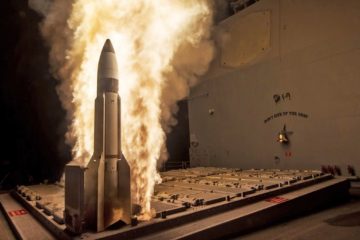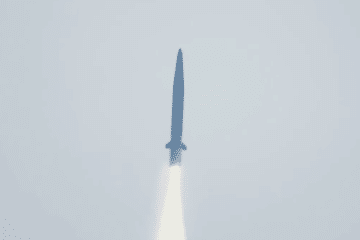AESA radar technology will be applied to most South Korean upcoming defense programs such as FFX Batch III, KDDX, KF-21 and L-SAM...
The AESA radar will be placed on the next Ulsan-class frigates (FFX Batch III), the first one of which will be delivered to the ROK Navy in 2024. The new radar by Hanwha Systems will improve anti-air and anti-ship operational capabilities. The Ulsan-class FFX Batch III will be 4,000 tons ships, meaning that the new FFX would be equivalent to the in-service Gwanggaeto the Great-class (also known as KDX I) destroyers in terms of firepower and defense capability.

In addition to the FFX, the next-generation of Korean destroyers known as KDDX will also have the AESA radar by Hanwha Systems. They will thus be able to detect and monitor up to 4,000 targets simultaneously thanks to the four phased array placed on each side of their integrated mast.




The Korean military and DTaQ (Defense Agency for Technology and Quality) explained that the previous destroyers used spinning radars that update target information by rotating 360 degrees for beaming. As the spinning radar had difficulties detecting inbound air threats such as fighter jets and missiles at very high speed, South Korea developed its own AESA non-rotating radar.
A key of the AESA radar are the transmitter and receiver (T/R) modules that simultaneously detects several targets at a distance far away. Small modules gathered in the AESA radar functions as separate radars that give the user 3D-based target information with distance, altitude, and bearing, even enabling missile guidance and interception or electronic warfare. Unlike the spinning radar which is vulnerable to enemy threats, the AESA radar can be installed inside the mast and easily repaired since it only requires the replacement of a single module if this one malfunctions.


Local reports added that the naval variant of L-SAM (long-range surface-to-air missile) will have the K-AESA radar, since the DAPA (Defense Acquisition Program Administration) gave a green light to the development of naval L-SAM for air defense at sea.

There had been domestic and overseas concerns that South Korea’s development and deployment of localized AESA radar will be challenging after the United States refused to provide Seoul with technical transfer of AESA-related knowledge, but South Korea has become the world’s 12th country that developed its own AESA radar in 2020, four years after the ADD (Agency for Defense Development) and Hanwha Systems started its development projects. Initial AESA radar development by Hanwha Systems was for South Korea’s domestic stealth fighter project known as KF-21.






